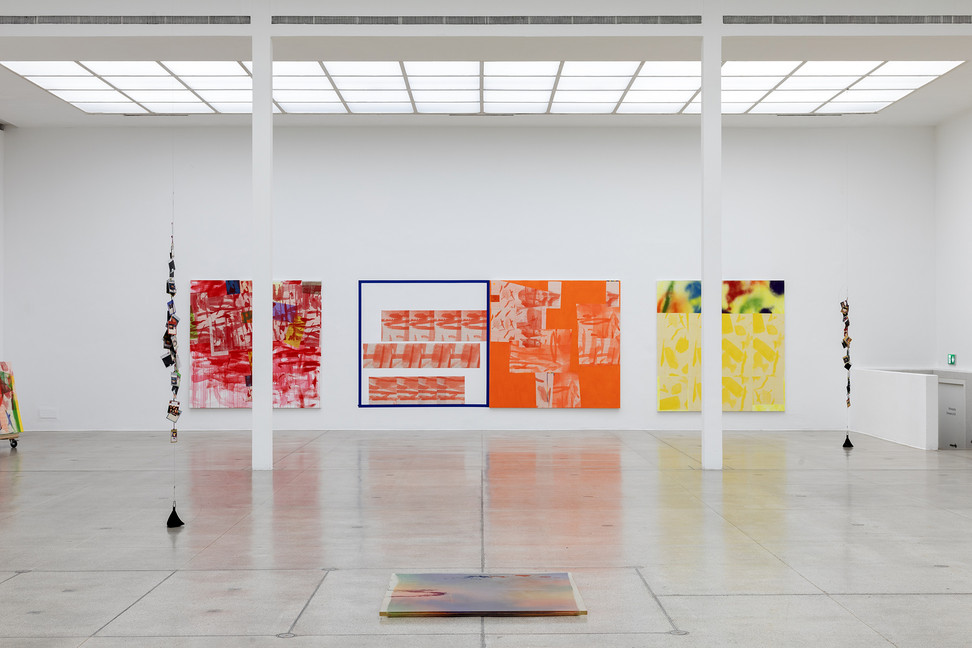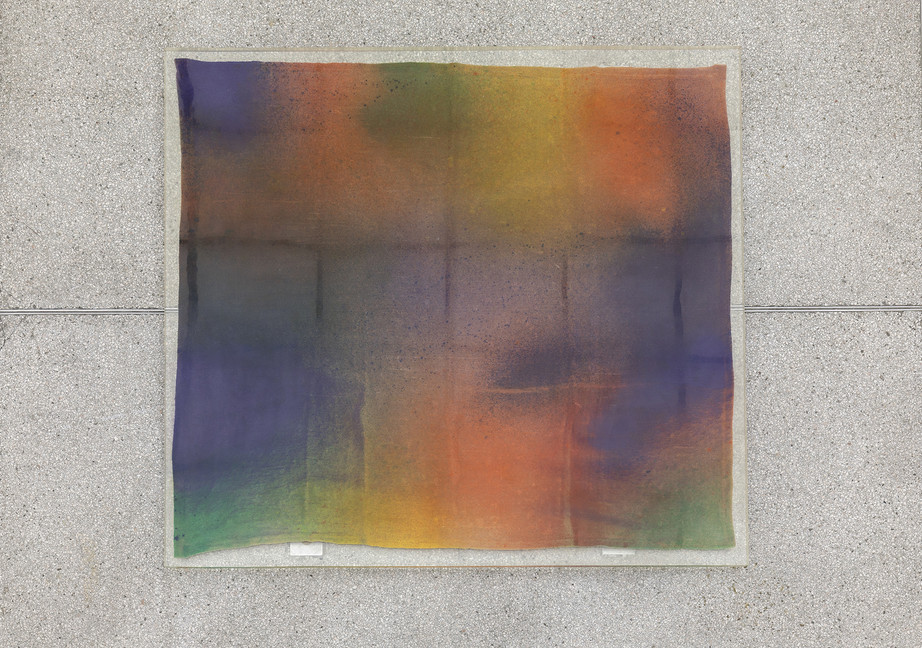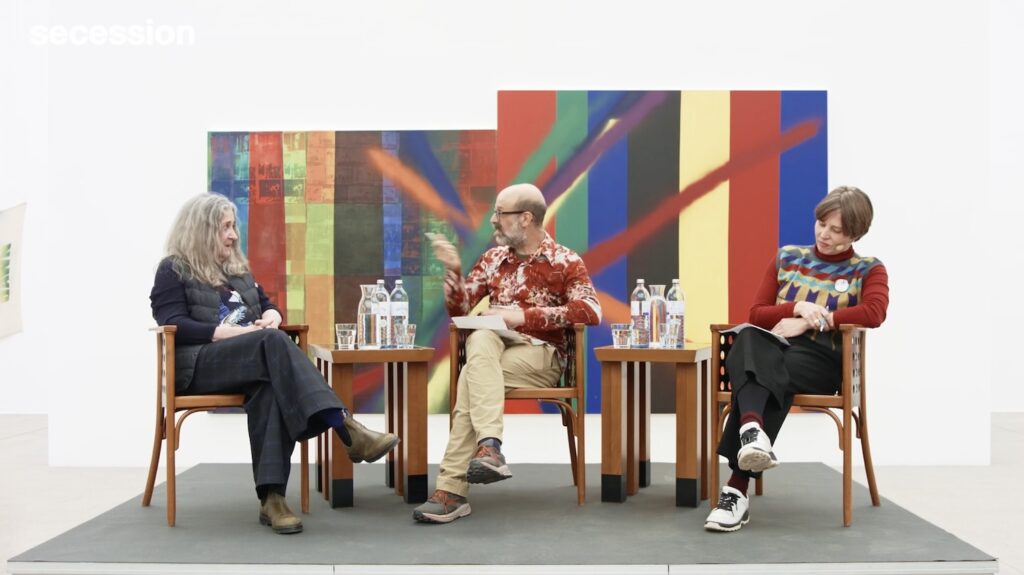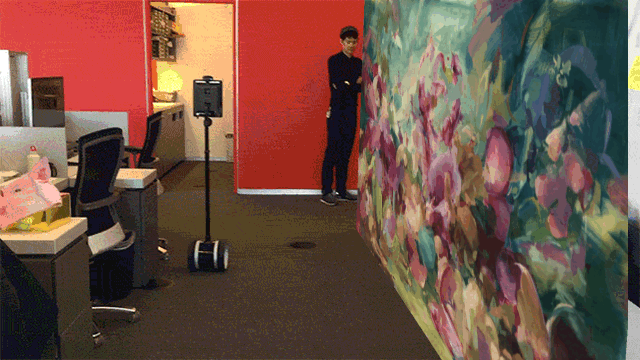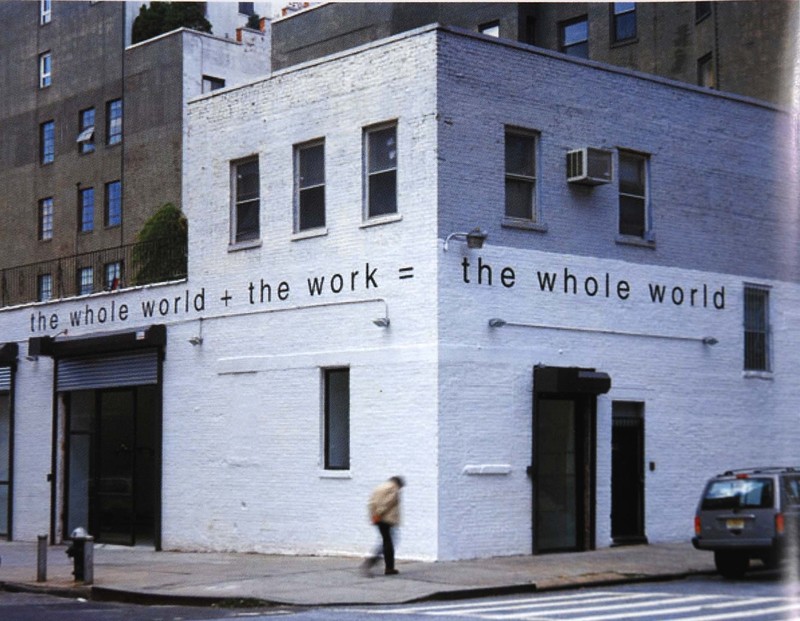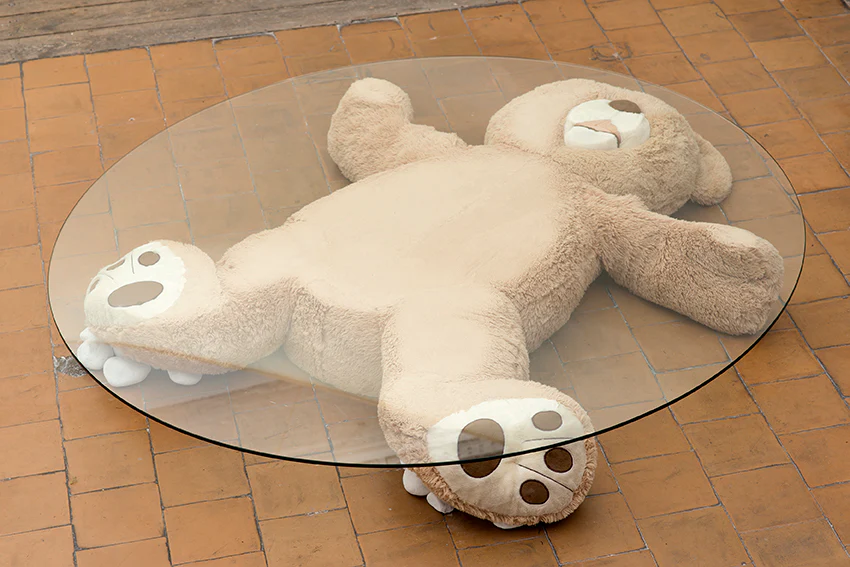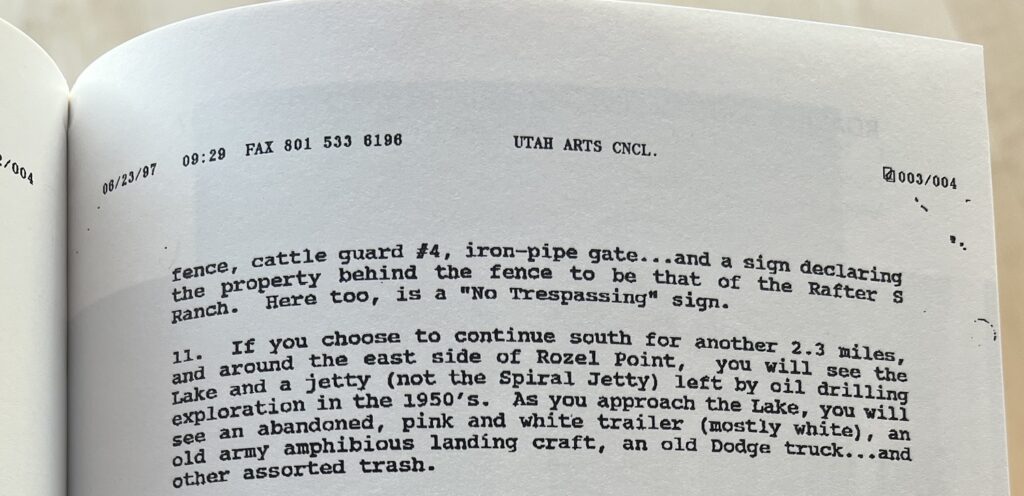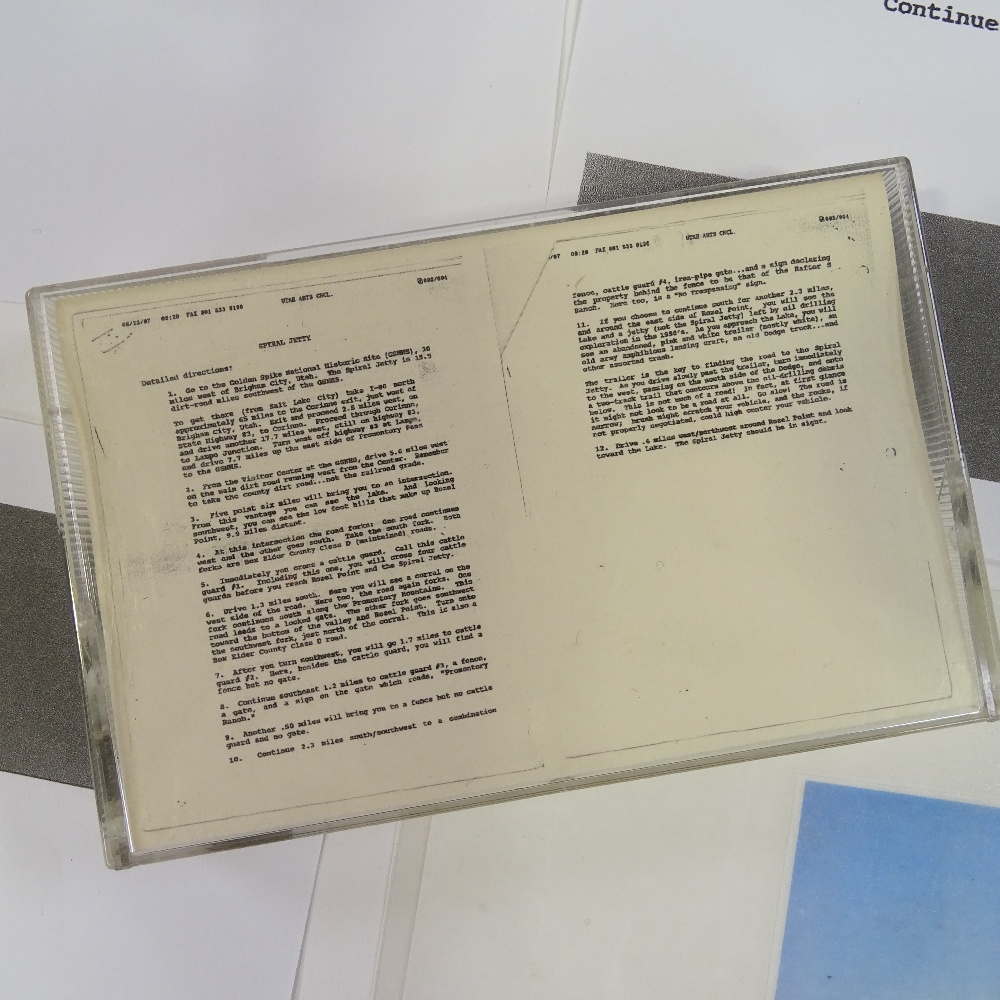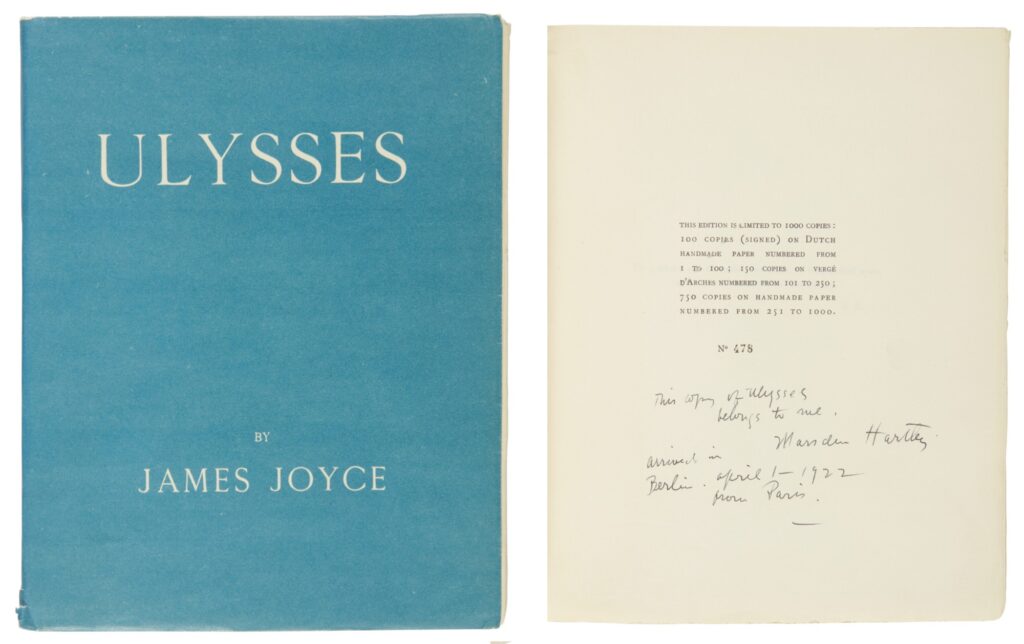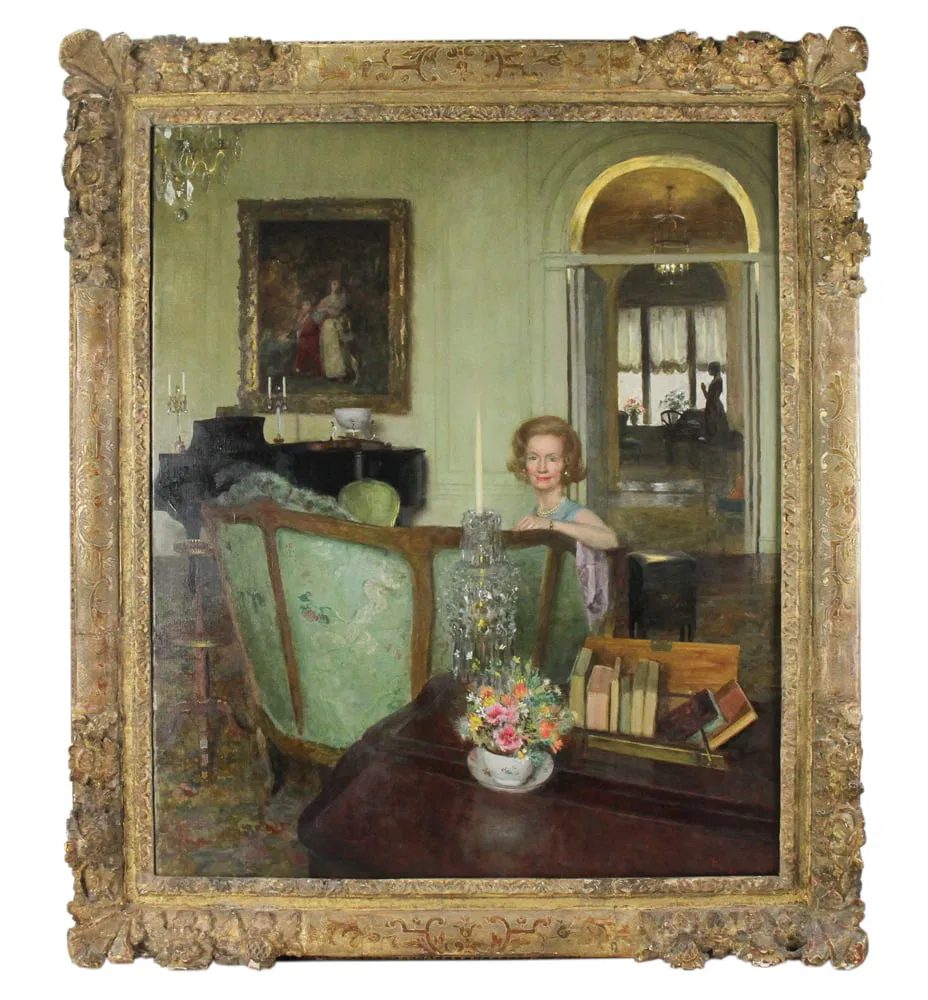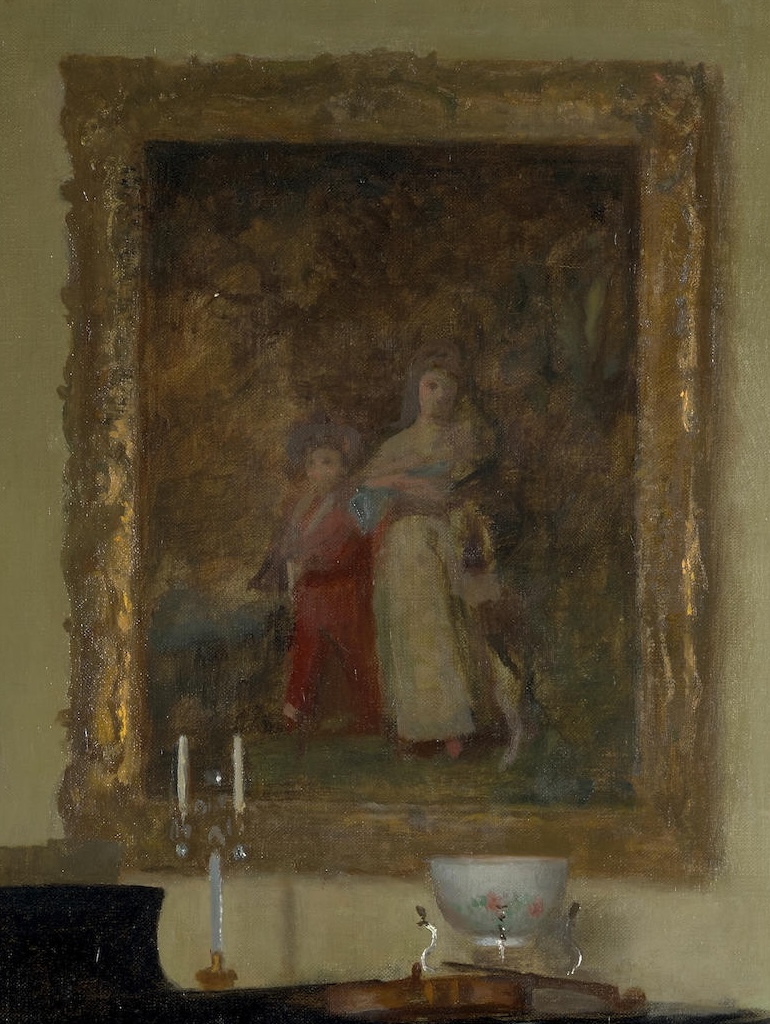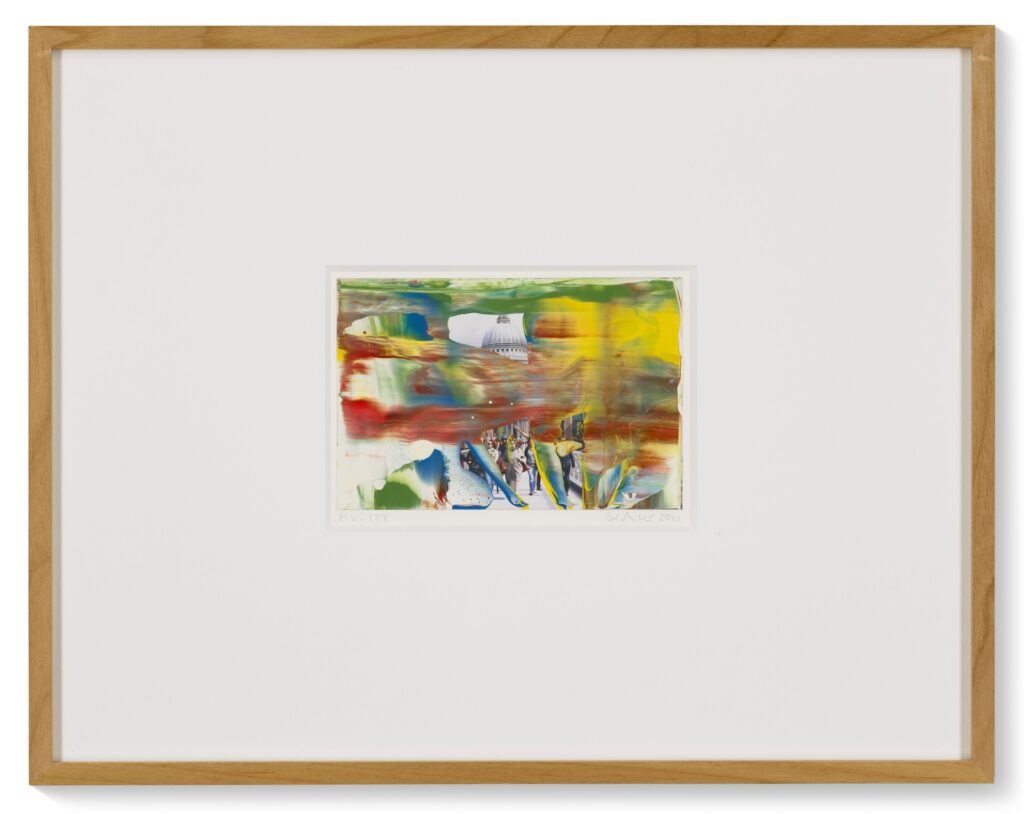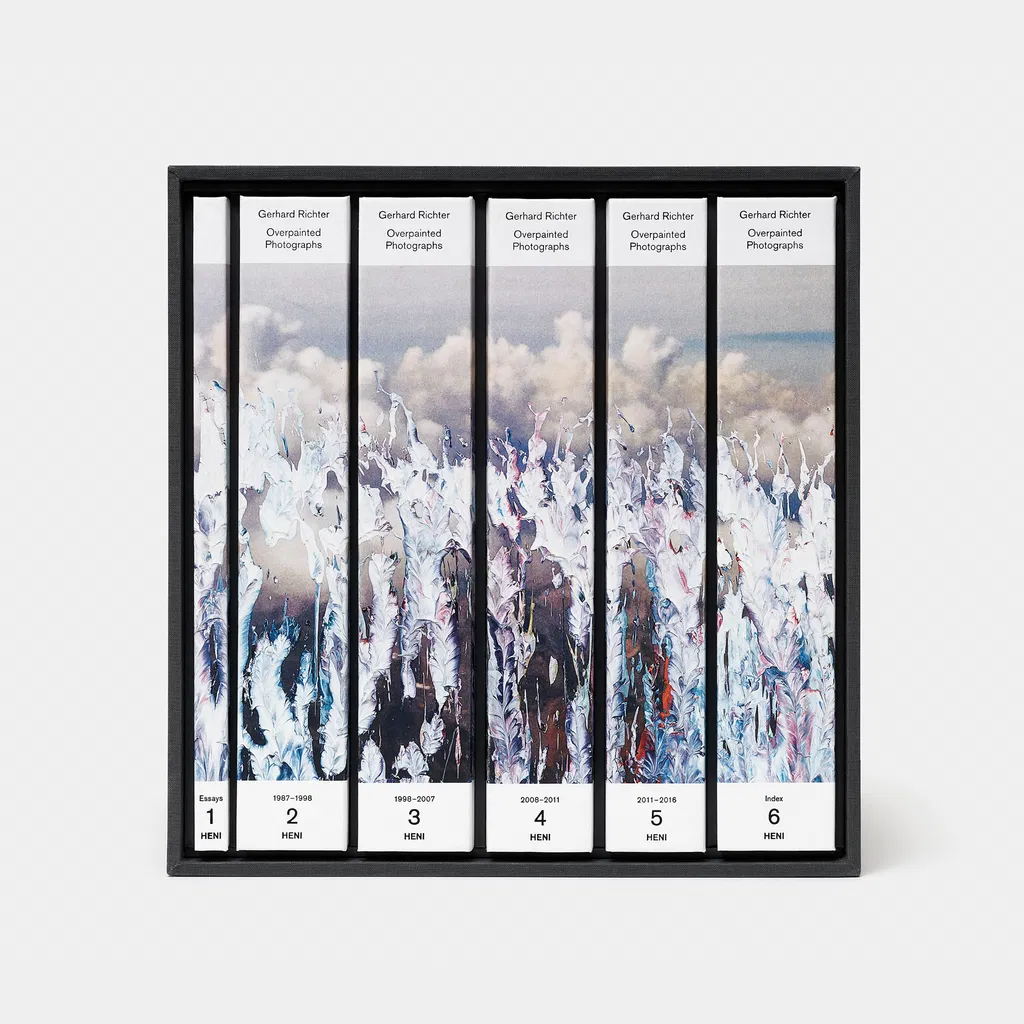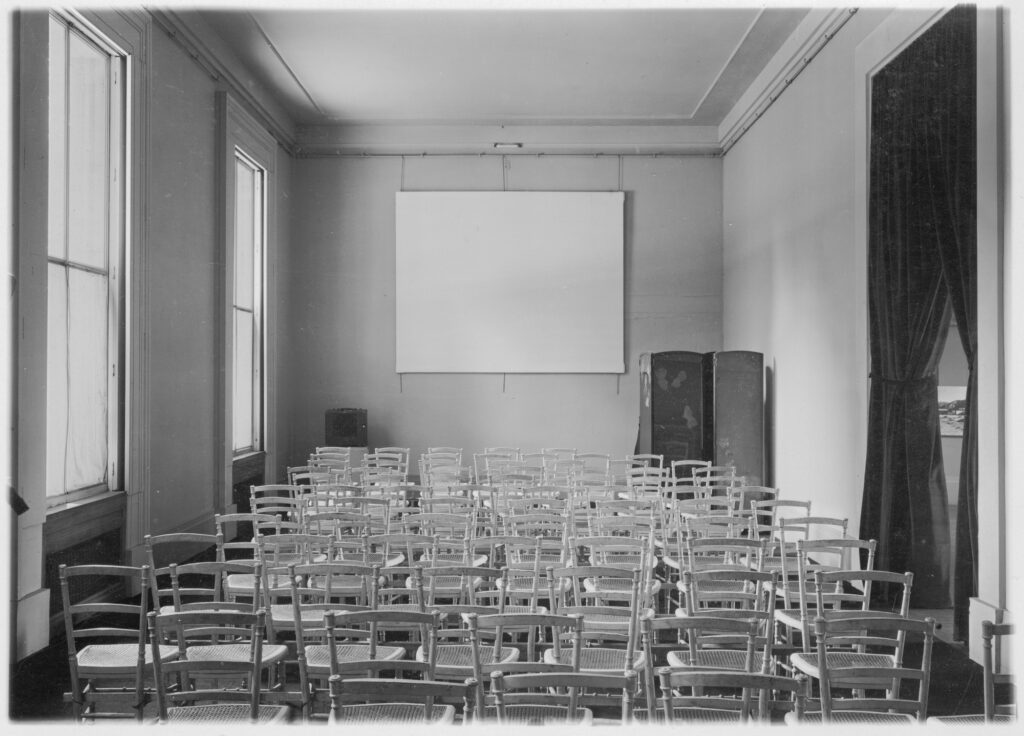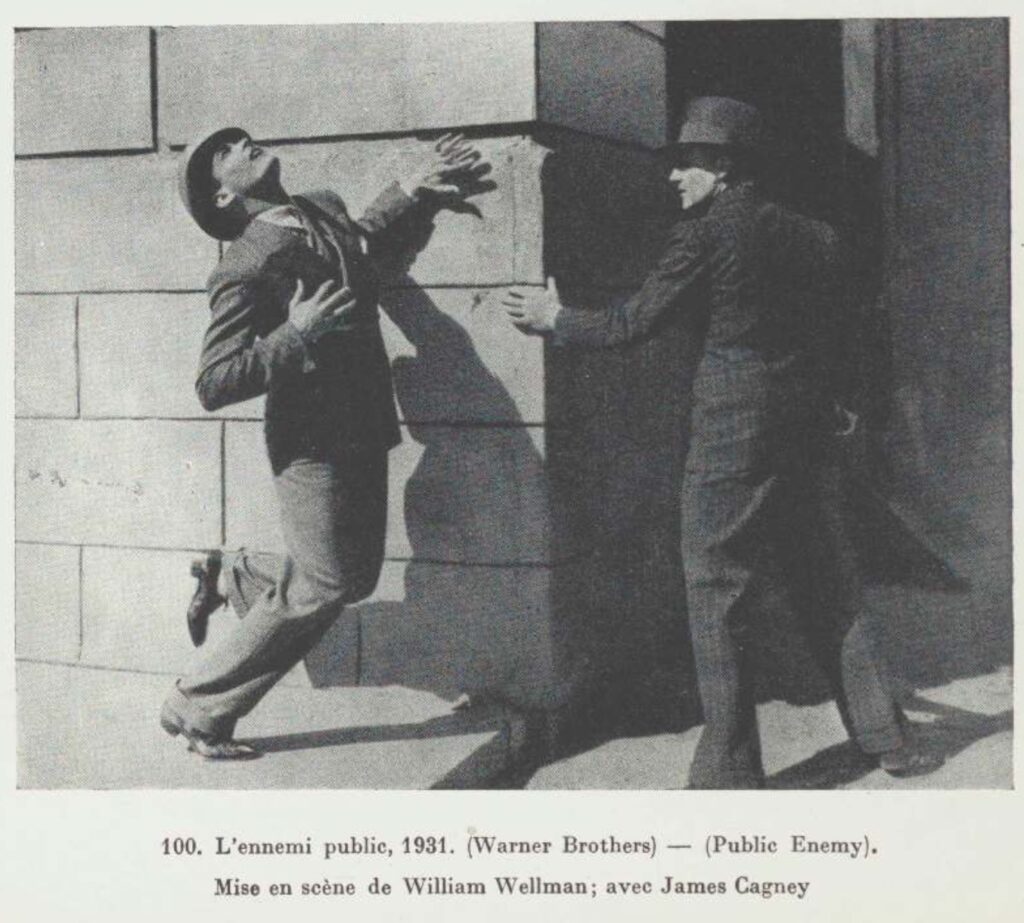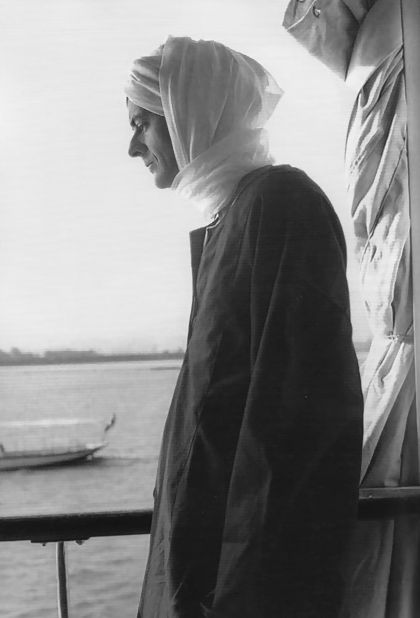
Paper 1959-1987, which traveled from Bonn to Fondació la Caixa. image: Maison D’Art
I’ve been hearing about it from people in LA and seeing it on various instagrams, and the Maison D’Art exhibition of Dr. Rainer Speck’s collection and correspondence with Cy Twombly sounds like an absolute winner. It runs through May; I bought the little catalogue instantly.
Speck rolled up on Twombly in Rome in 1970 as a young collector, and the two kept in touch:
A selection of letters from Twombly to Speck is the foundation of this project. For Speck, the thrill of collecting lies in interrogating the ways that art, reading, and writing influence one another; these letters are a personal manifestation of this interest. In placing these letters alongside the ephemera and artworks they discuss, this exhibition and its publication strive to materialize these conversations and to create a tangible transcript of their relationship.
With their layers of text and imagery, Twombly’s works function as another kind of transcript, merging poetic and painterly elements and creating subtle visual palimpsests. Twombly’s works evoke the literary, mythical, and historical worlds of Western culture and interweave them with his abstract gestures and contemporary reflections. These works reveal Twombly’s artistic depth and highlight the integral role of language and literature to his process—a pursuit that resonates with Speck’s devotion to literature.
This relationship between drawing and writing, art and poetry, is an endlessly rewarding way into Twombly’s work. Poet Dean Rader talked about this last year at the Nicola del Roscio Foundation; and Tacita Dean spent part of her night in the Menil’s Twombly Pavilion trying to replicate words from his paintings. As with his photographs, bringing Twombly’s letters and books into consideration of his project feels long overdue.
NGL, the way the jpg above was cropped in my browser left me reeling as I imagined Twombly breaking out his sickest, most stripped back letterhead to write Speck the most stripped back letter: “To Rainer, Cy T.” But it turns out to be the title page dedication of an exhibition catalogue. Which is still great, but it does mean I don’t have to jump on a plane to LA this second; I can plan a little.

